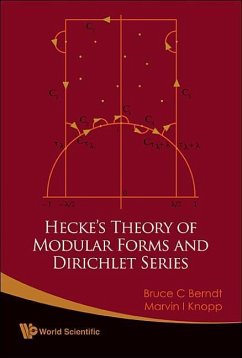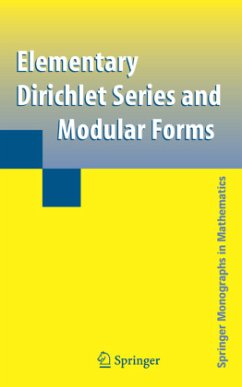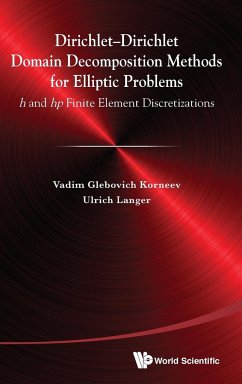
Beyond Bilinearity: Exploring Nonlinear Dirichlet Forms and their Applications
Versandkostenfrei!
Versandfertig in 6-10 Tagen
29,29 €
inkl. MwSt.

PAYBACK Punkte
0 °P sammeln!
The main motivation and prime example of a Dirichlet form is the energy of the Laplace operator. The Laplacian was first introduced and studied by Laplace and other after him in the 18th and 19th century. Today the operator still is an active area of research, since it is of fundamental importance in the equations that govern heat, electromagnetism, uid motion and quantum mechanics. A modern approach, developed in the 20th century after the introduction of modern functional analysis in the form of Hilbert and Banach spaces, is the theory of semigroups and bilinear forms. The idea of semigroups...
The main motivation and prime example of a Dirichlet form is the energy of the Laplace operator. The Laplacian was first introduced and studied by Laplace and other after him in the 18th and 19th century. Today the operator still is an active area of research, since it is of fundamental importance in the equations that govern heat, electromagnetism, uid motion and quantum mechanics. A modern approach, developed in the 20th century after the introduction of modern functional analysis in the form of Hilbert and Banach spaces, is the theory of semigroups and bilinear forms. The idea of semigroups goes back to von Neumann and his pivotal book on the mathematics of quantum mechanics [vN32]. He realised physical observable as self-adjoint operators and studied the groups generated by skew-selfadjoint Hamiltonians. Later on after the second world war, Hille [Hil48] as well as Phillips [LP61] established the general theory of strongly continuous semigroups and their generators. Let us sketch this approach for the Laplacian. Let a : H1(Rn) × H1(Rn) R be a bilinear form, defined by












